
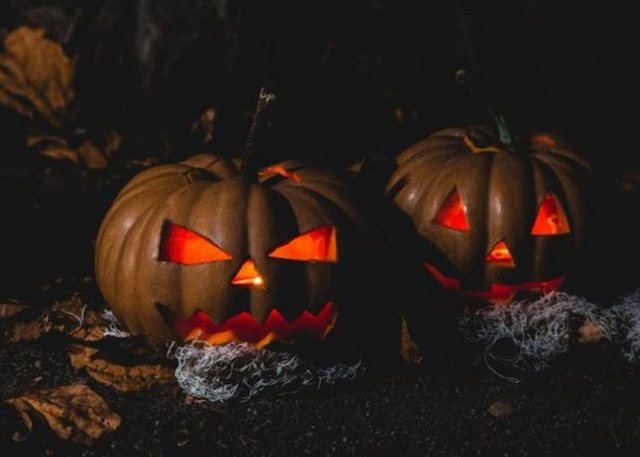
Halloween is a word that originates from the United Kingdom, which refers to the expression "All Hallows' Eve" or "All Saint's Eve". This Catholic tradition is celebrated on November 1, All Saints Day, as a tribute to those who are no longer with us.
With globalization, the name of this holiday has evolved to become known as Halloween around the world. This holiday marks the end of the harvest season and the beginning of winter, bringing with it traditions and customs associated with seasonal changes.
The night of October 31 has evolved into a costume party that is enjoyed not only by children, but also by adults. The harvest, as a tradition, is no longer celebrated as it once was, as working in the fields has become increasingly distant for most people. However, some countries, such as Uzbekistan, ban this holiday. Since 2011, by a presidential decree, Halloween has been banned there for religious reasons, as it is considered to glorify the devil and is ideologically unacceptable.
There is also a region in France, Vendargues, where Halloween is partially banned; there the wearing of clown costumes is banned due to a crime wave involving this disguise. In China, costumes are also banned on the Beijing subway, as scary makeup or clothing can cause panic and riots.
In modern Japan, Halloween has gained popularity, especially in cities like Tokyo, but it is not a traditional holiday. The same situation applies to South Korea, Israel, Latvia, Croatia, Russia and Egypt. In countries such as Morocco, Saudi Arabia, Iran, Papua New Guinea and Samoa, the holiday is banned for religious reasons.
Halloween, with its pagan roots, is celebrated on October 31 and is gaining more and more followers around the world. One of the most popular symbols of this holiday is the carved pumpkin with a candle inside, known as the Jack-o'-lantern. While this symbol has become iconic for Halloween, it is relatively new, originating in the 19th century. Hollow vegetables with scary faces are now an irreplaceable symbol of this holiday.
Latest news


How did LaCivita change the DP campaign? Berisha: He studied the opponent
2025-05-08 22:49:51

David defeats Goliath
2025-05-08 22:15:50

Journalist: There are SPAK infiltrators in party headquarters
2025-05-08 21:55:15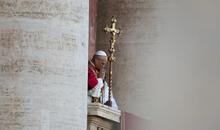
Who is the new Pope?
2025-05-08 21:48:13
Berisha finally reveals when he will retire from politics
2025-05-08 21:33:46


LaCivita in Lezha: Albanians will fire Edi Rama from his job
2025-05-08 21:11:20


Berisha: LaCivita chose us because he believes in Reagan's program
2025-05-08 20:48:40
He rejected America to serve Pogradec, Genti Çela tells about life in "Elevate"
2025-05-08 20:26:28




Pope Leo XIV greets the faithful for the first time in St. Peter's Square
2025-05-08 19:29:33




Photo session with LaCivitta in Tirana: For Great Albania
2025-05-08 18:40:18
Source: DASH decision a personal victory for Berisha
2025-05-08 18:30:10
Take off those crazy glasses and see where you've taken him?
2025-05-08 18:02:47
LDK files criminal charges against members of the incumbent Government
2025-05-08 18:02:00







BIRN analysis: Tirana, the determining district for the future majority
2025-05-08 16:04:03




Chris LaCivita's contract with the DP, Berisha: 100% correct and clean
2025-05-08 15:11:11

"These are the peak days", Berisha reveals when he will travel to the USA
2025-05-08 14:45:25


Endless boxes with filled-in ballots, DP demands separation of votes from Greece
2025-05-08 14:11:12


Photo/ Who are the 3 associates of Talo Çela arrested in Dubai?
2025-05-08 13:37:09

Hetimi për krimet zgjedhore, Altin Dumani zbarkon në Prokurorinë e Shkodrës
2025-05-08 13:06:21
DASH paves the way for Berisha, Alizoti: Great news on the eve of Great Albania!
2025-05-08 13:03:48

"Freedom works", DP welcomes the US position
2025-05-08 12:48:07
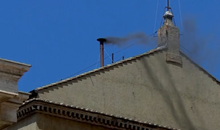
Black smoke rises from the Sistine Chapel, the Vatican still without a Pope
2025-05-08 12:26:18





Davide Pecorrelli extradited to Albania
2025-05-08 11:29:04
'May 11, Albania will react', Xhaferri: Electoral criminals will pay
2025-05-08 11:21:46

Gjin Gjoni: Non Grata fell, Rama should get ready to go to McGonigal
2025-05-08 11:01:54
May 8th deadline for immigrants to vote in Greece extended by one day
2025-05-08 10:48:42
Collapse of massive chrome structure, still no trace of 29-year-old
2025-05-08 10:40:04
Vehicle bursts into flames in Paris Commune
2025-05-08 10:25:43
He gave land to his father and cousin, Basir Çollaku denounces the SP candidate
2025-05-08 10:16:16




Electoral Crimes/ BKH agents and Police conduct checks in Shkodra
2025-05-08 09:19:13
3 associates of Talo Çela arrested in Dubai
2025-05-08 09:02:28
Mouse in the owl's claws, Chris LaCivita responds directly to Rama
2025-05-08 08:45:40
Foreign exchange, how much foreign currencies are sold and bought today
2025-05-08 08:30:38
BIRN: Organized crime, the 'invisible party' of the Durrës elections
2025-05-08 08:26:35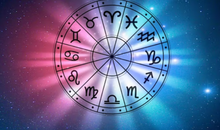
Horoscope, what do the stars have in store for you today?
2025-05-08 08:08:15
Cloudy and rainy, what the weather is expected to be like throughout the day
2025-05-08 07:52:13
Posta e mëngjesit/ Me 2 rreshta: Çfarë pati rëndësi dje në Shqipëri
2025-05-08 07:40:16


Rama attacks Bardhi: Fier cannot be represented by the world's gas
2025-05-07 22:36:22



EU calls on Israel to lift humanitarian blockade in Gaza
2025-05-07 21:42:34
"Russia is "asking for a lot"! Vance calls for direct Moscow-Kiev talks
2025-05-07 21:20:16





Bank of Albania sets limits on home loans, Sejko: The maximum will be 85%
2025-05-07 20:16:10
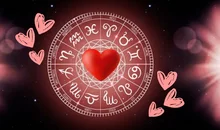

EP calls for immediate lifting of measures against Kosovo
2025-05-07 19:39:58

